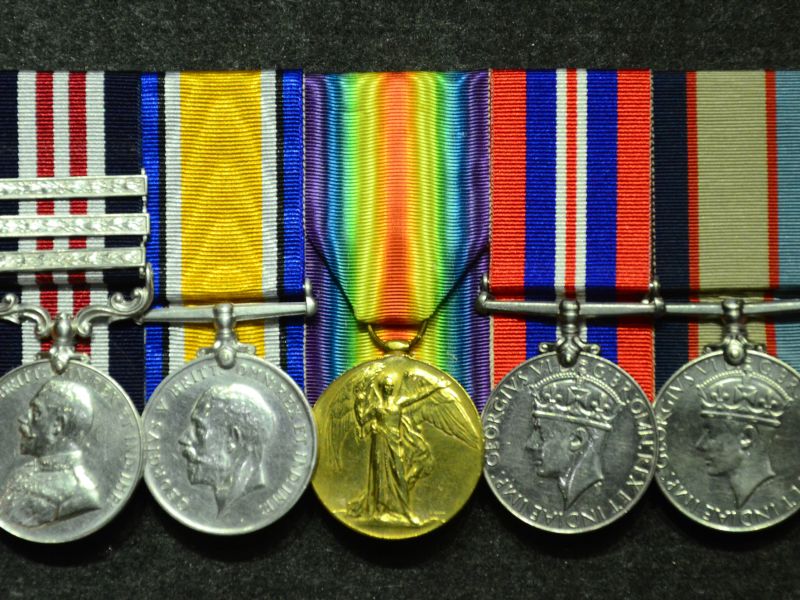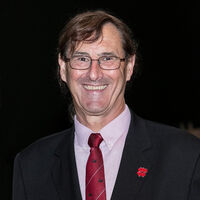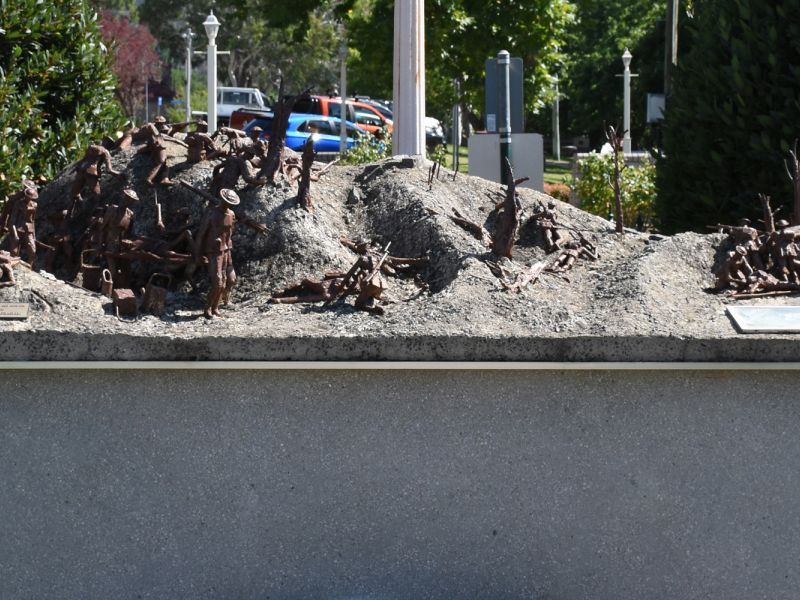Ernie Corey, a uniquely brave man
Ernest ‘Ernie’ Corey was born in December 1891 at Green Hills near Cooma, New South Wales. After finishing school, he worked as a blacksmith's striker but in January 1916 he joined the 'Men from Snowy River' recruiting march at Nimmitabel and on arrival in Goulburn he enlisted in the Australian Imperial Force.
Allotted to the 55th Battalion, Corey joined his unit in France in February 1917 and in April saw his first action on the Western Front. In May, in an action near Quéant, his brigade suffered heavy casualties and Corey volunteered to serve as a stretcher-bearer. There he earned what was to be the first of four Military Medals when he worked for seventeen hours in no man's land, all the while “showing great courage".
After that, he became a regular stretcher-bearer and won a second award of the Military Medal for 'devotion to duty' in the battle of Polygon Wood in September, carrying out his duties under 'very heavy artillery and machine-gun fire'. A year later he was awarded a second Bar to his Military Medal for 'conspicuous gallantry' at Péronne. A soldier who helped during the fighting at Péronne reported that Corey found a wounded man whose arm was barely attached. He had to amputate the arm then stopped the bleeding by bandaging the stump and soaking it in iodine. The wounded soldier later asked Ernie to go back and get the arm because on the third finger there was a ring his wife has given him. Corey retrieved the arm and the ring.
The third Bar was awarded after the attack on the Hindenburg Line north of Bellicourt on the 30th of September. By this stage Corey, now a Corporal, was in charge of the battalion's stretcher-bearers and, as recorded in the Battalion records, despite intense machine-gun and shell-fire, directed them with the utmost skill and bravery, regardless of personal danger. He carried the wounded from the most exposed positions until he himself was severely wounded. He was evacuated and eventually returned to Australia at the end of April 1919.
Corey moved to Canberra and in September 1924 he married Sarah Jane Fisher. They had one daughter but the marriage was dissolved in 1935. Ernie Corey re-enlisted in 1940 and served with the 2nd Garrison Battalion.. He was later employed as a caretaker, as cook for a departmental survey party and as leading hand at the Canberra incinerator.
Survived by his daughter, Ernest Albert Corey died at Queanbeyan Private Nursing Home on the 25th of August 1972 and was buried with full military honours in Woden Cemetery, Canberra.
Though small in stature Ernie Corey had a lively personality. He is believed to be the only man to have been awarded the Military Medal four times. In the Australian War Memorial a display features Corey’s medals and a helmet he painted as a souvenir of his war experiences.
Sources:
Australian Dictionary of Biography
Australian War Memorial
Michael Hall ACT Heritage Library

 Henry C Moulds
Henry C Moulds